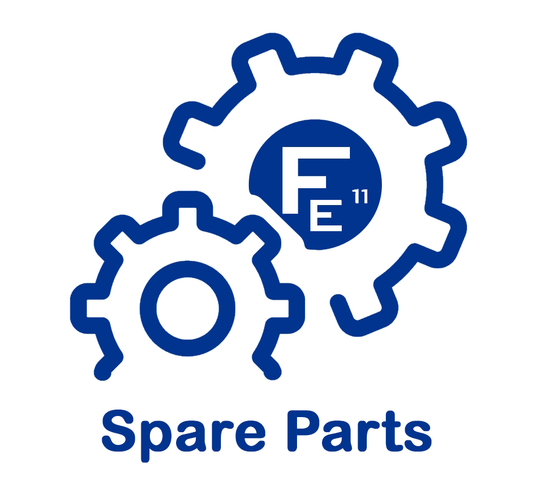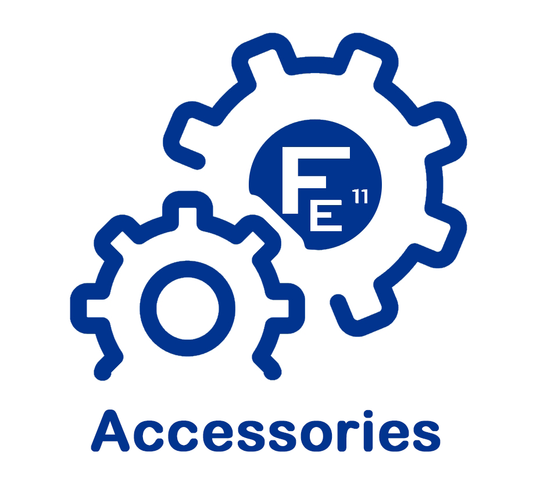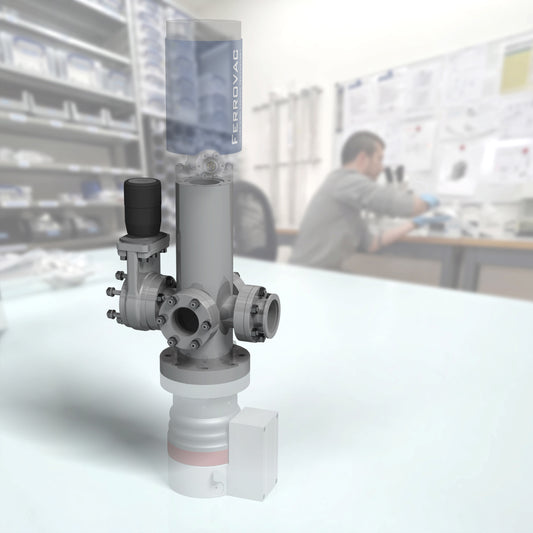Collection: Ultra-High Vacuum & Cryogenic Sample Transfer
Why is Ultra-High Vacuum Sample Transfer Important?
Ultra-High Vacuum (UHV) is critical for precise surface analysis. In UHV environments, a monolayer of material deposits every 4 days, as opposed to the rapid deposition in lower vacuum ranges, where a monolayer forms every 4 seconds. This slow deposition rate makes UHV ideal for detailed surface characterization and analysis.
Why Cryogenic Ultra-High Vacuum Sample Transfer is Necessary?
The development of shock freezing technology and cryo-scanning electron microscopy (cryo-SEM) was awarded the Nobel Prize in 2017 to Swiss scientist Jacques Dubochet. This groundbreaking technology involves rapidly freezing biological samples suspended in liquid water under pressures of up to 5000 bar, forming amorphous ice.
Once vitrified, biological samples must remain well below the glass transition temperature of 136K during transport and transfer to avoid crystallization. Maintaining a high vacuum level is crucial to prevent the formation of crystalline ice on the sample's surface. In an ideal setup, the sample is kept insulated within a cryo-shroud, ensuring that the surrounding environment is colder than the sample itself, preserving its integrity during transfer.
Ultra-High Vacuum and Cryogenic Sample Transfer solutions are designed to meet these rigorous requirements, ensuring that samples are securely transferred while maintaining their vitrified state and protecting against contamination.
-
Ultra-High Vacuum Suitcase Package for Room-Temperature Transfer
Vendor:Ferrovac AGRegular price From CHF 47,780.63Regular price -
Ultra-High Vacuum Cryo Transfer Suitcase Package (UHVCTS)
Vendor:Ferrovac AGRegular price From CHF 106,500.00Regular price -
Mini NexGen Ultra-High Vacuum Suitcase Package for Room-Temperature Transfer
Vendor:Ferrovac AGRegular price CHF 29,750.00Regular price -
Liquid Nitrogen Dewar / Cold Trap
Vendor:Ferrovac AGRegular price From CHF 3,583.93Regular price -
Battery Powered Ion Pump Controller V3.1 (NiMH Batteries, Not restricted as per SP A199)
Vendor:Ferrovac AGRegular price CHF 5,480.00Regular price -
Power Controller V1.0 for NEG activation for NEXTorr® Z/D 100(-5) & Z/D 200(-5)
Vendor:Ferrovac AGRegular price CHF 4,250.00Regular price -
Ferrovac Spare Parts
Vendor:Ferrovac AGRegular price From CHF 36.50Regular price -
Ferrovac Accessories
Vendor:Ferrovac AGRegular price From CHF 47.37Regular price -
Ion Pump HV & NEG activation Cable for NexTorr™ pump
Vendor:Ferrovac AGRegular price From CHF 334.52Regular price -
Control Unit V1.0 for Vacuum Systems
Vendor:Ferrovac AGRegular price CHF 4,350.79Regular price -
Fast Pump Down Dock
Vendor:Ferrovac AGRegular price CHF 5,750.00Regular price











